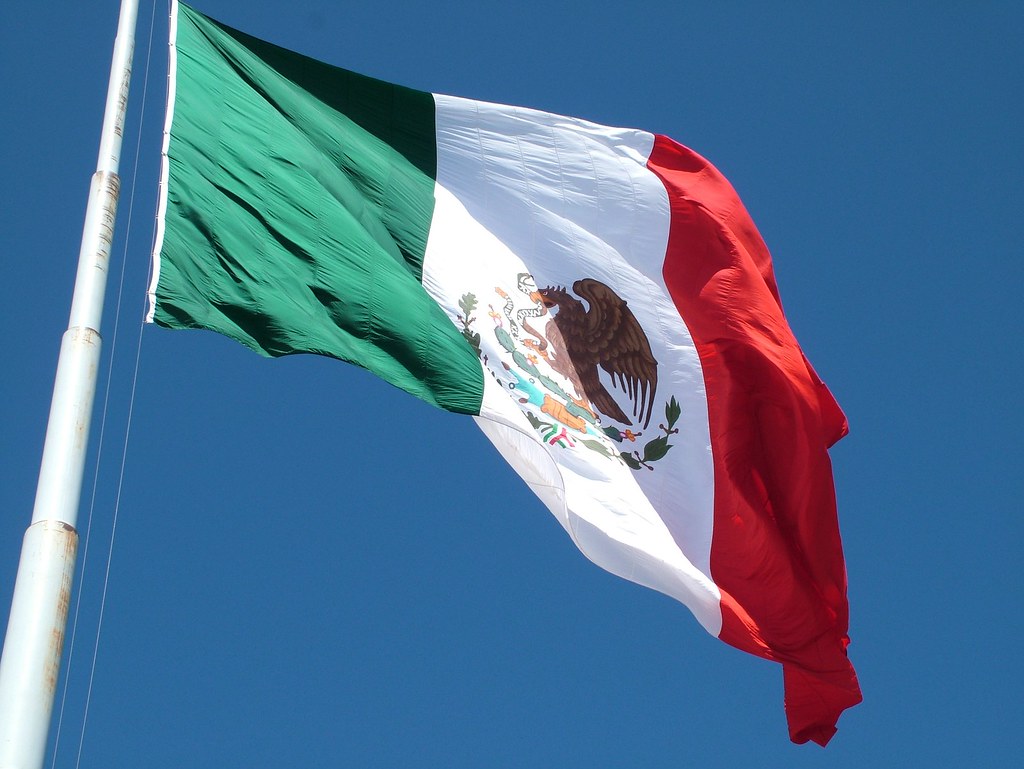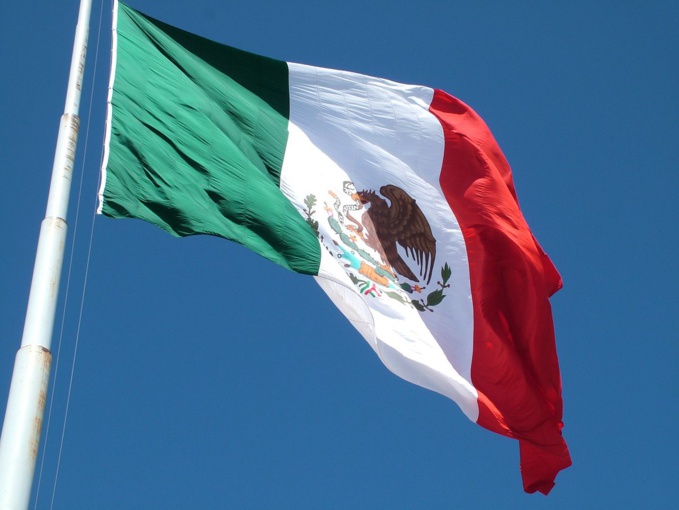At the moment, Mexico was able to use the stabilization oil fund, or FEIP. The day after the budget was announced for 2020, Arturo Herrera told the FT in an interview that the government used 125 billion pesos ($ 6.4 billion) from the fund to accomplish its tasks.
Countercyclical mechanisms, such as those in Chile and Spain, would provide the government with more opportunities if conditions worsen. “We can transform the current FEIP, which is not countercyclical, and covers only unforeseen interruptions in income, and therefore is very limited in the spectrum of actions,” Herrera explained.
“It is very important to have a counter-cyclical policy in Mexico, but we need reliable mechanisms,” BBVA chief economist Carlos Serrano on the Mexican Ministry of Finance’s initiative.
Meanwhile, Herrera’s maneuvering space for budgeting has extremely restrained, as President Lopez Obrador ruled out the possibility of raising taxes, increasing debt, or initiating fiscal reform within three years.
Meanwhile, the 2020 budget deficit has already exceeded the original target of 2.5% of GDP, rising to the level of 2.7%.
source: ft.com
Countercyclical mechanisms, such as those in Chile and Spain, would provide the government with more opportunities if conditions worsen. “We can transform the current FEIP, which is not countercyclical, and covers only unforeseen interruptions in income, and therefore is very limited in the spectrum of actions,” Herrera explained.
“It is very important to have a counter-cyclical policy in Mexico, but we need reliable mechanisms,” BBVA chief economist Carlos Serrano on the Mexican Ministry of Finance’s initiative.
Meanwhile, Herrera’s maneuvering space for budgeting has extremely restrained, as President Lopez Obrador ruled out the possibility of raising taxes, increasing debt, or initiating fiscal reform within three years.
Meanwhile, the 2020 budget deficit has already exceeded the original target of 2.5% of GDP, rising to the level of 2.7%.
source: ft.com



















